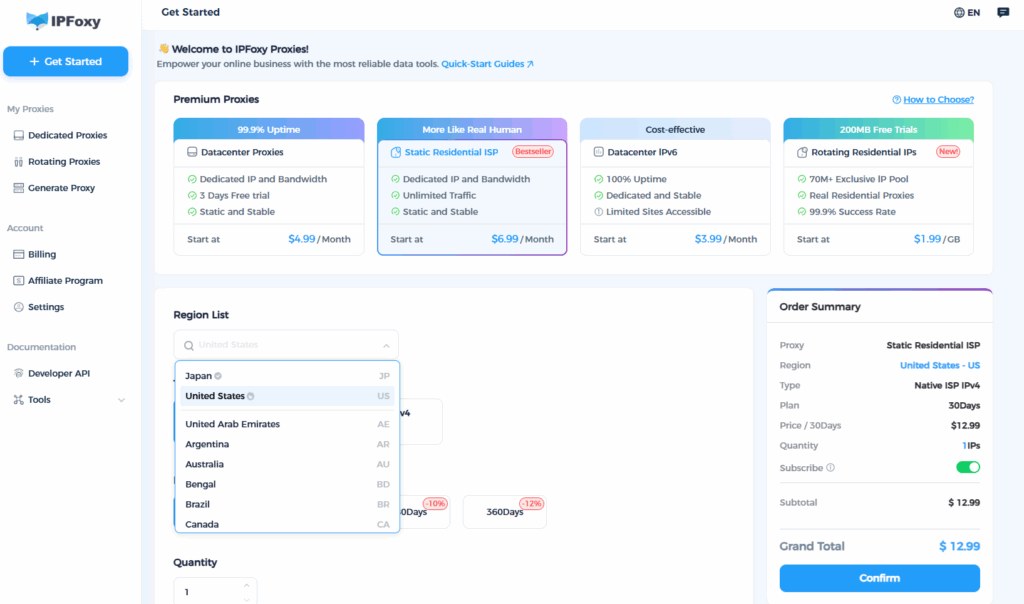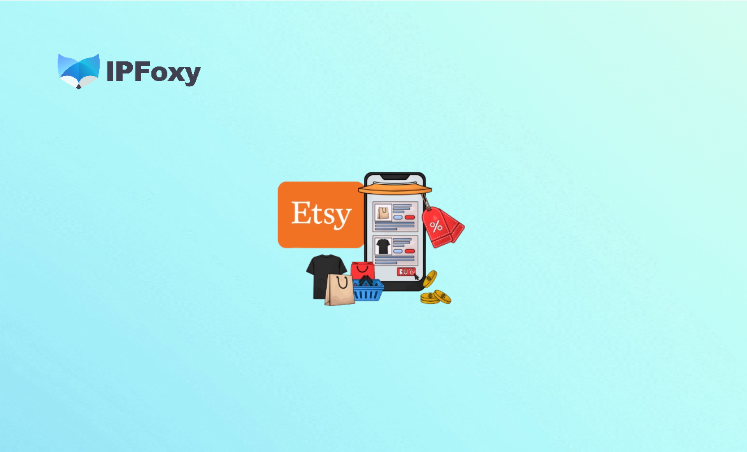Chewy is one of the most renowned vertical e-commerce platforms for pets in North America, boasting high user stickiness, strong Autoship (subscription) conversion rates, and concentrated traffic. For sellers looking to enter the pet product category or boost individual products to bestseller status, Chewy is an essential channel to prioritize.
However, Chewy has strict onboarding and fulfillment requirements for suppliers/manufacturers. New sellers who act blindly (e.g., random investments or unplanned operations) risk being sidelined by the platform’s algorithm due to slow shipping, poor inventory management, or non-compliant content. Below is a practical, copy-pasteable step-by-step process—covering onboarding, listing, fulfillment, and traffic boosting—to help you turn individual products into bestsellers.
I. Chewy Onboarding Models
As a vertical e-commerce platform focused on pet supplies, pet food, medications, and supporting services, Chewy caters to a large number of pet-owning households in North America, with a strong emphasis on customer experience and repeat purchases (via Autoship). The platform offers both self-operated procurement and brand/supplier collaboration channels (Partner Hub).
1. Dropship Model (Direct Fulfillment)
- Target Users: Sellers with a strong supply chain and stable production capabilities who want to avoid inventory costs.
- Challenge: Logistics timeliness is non-negotiable—North American users will not tolerate long wait times. Slow logistics directly lead to a surge in negative reviews.
2. Chewy Procurement Model (B2B Supply)
- Target Users: Factory sellers, trading sellers, or those with stable supply chains and mass production capabilities.
- Challenge: Intense price competition leads to relatively thin gross profit margins; stable production and delivery are critical.
3. Chewy Import Model (Brand Direct Sales)
- Target Users: Brands planning to deepen their presence in the North American market.
- Challenge: High investment in brand building, strict compliance requirements.
Regardless of the model, if you operate a U.S.-region account from another country, you must use a stable U.S. residential IP. Otherwise, you may face the following issues:
- Onboarding review gets stuck
- Login anomalies requiring verification
- Unclean account environment triggering risk control
- Distorted competitor/price data
It provides dedicated U.S. residential IPs (mimicking real American household IPs) with an independent IP environment—stable, low risk , and effective in avoiding cross-contamination among multiple accounts. Ideal for U.S.-region account applications, daily operations, and long-term stability.

II. New Seller’s Step-by-Step Guide to Creating Bestsellers
1. Onboarding & Compliance Preparation
Submit a brand/supplier application via Chewy Partner Hub, and prepare company qualifications, product compliance documents, and social media/sales proof. Chewy has a supplier review process—you must pass qualification and compliance checks before listing products.
- Technical/Integration Requirements: Confirm compatibility with Chewy’s required integration methods (e.g., EDI/DSCO) or partner with channel integrators (e.g., UNIS, third-party providers) to ensure real-time synchronization of inventory and orders. Seamless integration significantly reduces order errors and shipping delays.

2. Product Listing Content
Titles & Keywords
Optimize titles based on Chewy’s search algorithm logic—include brand name, core product attributes, target audience (e.g., pet weight/age), and key functions/flavors. Refer to Chewy’s official guidelines for “improving in-platform search performance”: complete content and comprehensive key attributes help boost rankings.
Main & Supplementary Images
Use high-definition white-background main images, scenario-based images, and usage/size reference charts. Adding 1–2 short videos is critical for improving conversion rates—both platform and external data confirm that videos increase purchase rates.
Bullet Points
Address common customer concerns (ingredients, compatibility, shelf life, feeding guidelines) in short, clear statements. “Answer-style writing” (direct, solution-focused language) facilitates skimming and improves readability.
Review Strategy
Accumulate authentic reviews through compliant seeding, product testing, and promotions in the initial stage. Chewy users highly value reviews and repeat purchases—positive reviews directly drive sales.
3. Pricing & Promotions
Autoship Optimization
Autoship users contribute a large portion of Chewy’s stable repeat purchases. Prioritize offering Autoship discounts and product bundles to increase customer lifetime value (LTV). Display Autoship pricing strategies in prominent positions on product pages.
Reference Pricing Strategy
Analyze popular price ranges of similar bestsellers on Chewy, using competitors and Chewy’s private label brands as benchmarks. Avoid pricing too high (which reduces competitiveness) or too low (which may lead to algorithmic classification as “non-standard products”). Run periodic promotions and in-platform campaigns to align with traffic peaks.
4. Fulfillment & Packaging
Shipping Speed
Chewy emphasizes fast fulfillment—delays or late shipments directly lower your supplier rating. Aim to ship orders on the same day or the next day, and meet the 1–3-day standard delivery window.
Packaging Rules
For dropship/direct fulfillment, strictly follow Chewy’s packaging guidelines: do not include brand flyers or invoices unless permitted, and use qualified packing/protective materials to minimize returns.
Inventory Health
Maintain a high inventory availability rate (recommended ≥ 98%)—stockouts cause search ranking drops. Use automatic replenishment and synchronization systems to prevent overselling.
5. In-Platform Operations & Traffic Boosting
Leverage “Trending / Best” In-Platform Traffic
During product selection, reference Chewy’s bestselling categories and platform trend reports. Categorize products under niche tags to target high-intent audiences and capture segmented traffic.
Off-Platform Traffic Diversion
Collaborate with KOLs on social media platforms (TikTok/Instagram) to create product reviews and unboxing videos. Direct traffic to your Chewy product pages via purchase links—this boosts initial launch traffic and early-stage conversions.
Paid Advertising & Campaigns
Coordinate with Chewy’s business representatives to secure initial launch exposure spots (e.g., in-platform ad placements). Run off-platform campaigns (discount coupons, free gifts) to drive traffic to your Chewy listings.
6. Data Review & Iteration
Weekly Reviews
Monitor key metrics: conversion rates, add-to-cart rates, return rates, search impressions, and ad spend. Conduct A/B tests on titles, bullet points, and images, and document results to guide optimizations.
Inventory/Supply Chain Drills
Simulate replenishment and warehouse-fulfillment processes during promotion peaks to ensure no stockouts during high-demand periods.
Conclusion
To turn individual products into bestsellers on Chewy, new sellers only need to follow the step-by-step checklist above. By executing each step carefully, even beginners can successfully promote their products and achieve sales growth.


